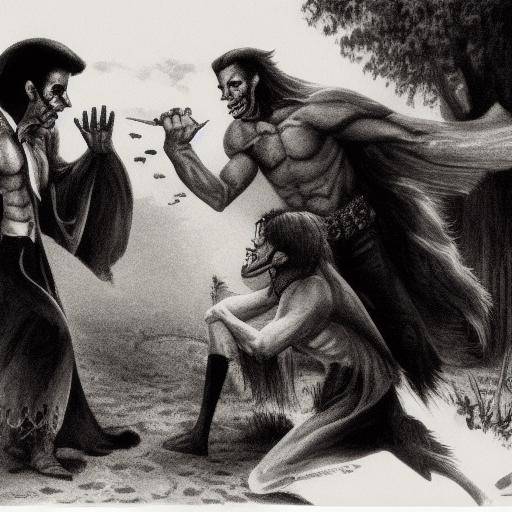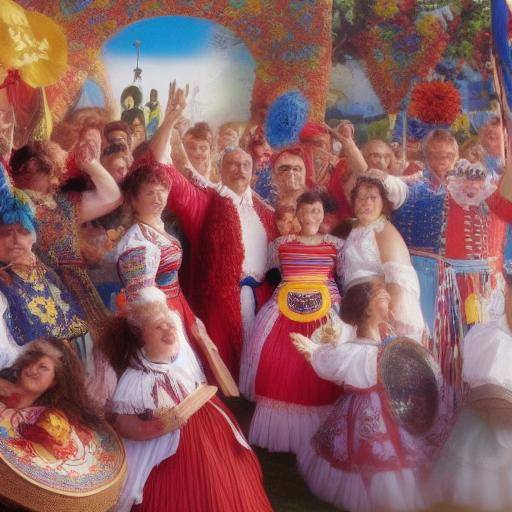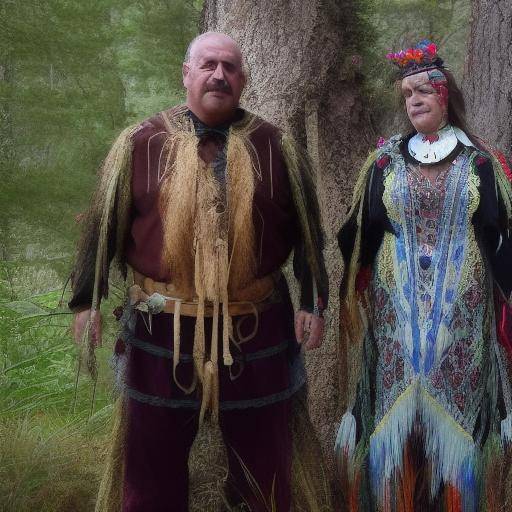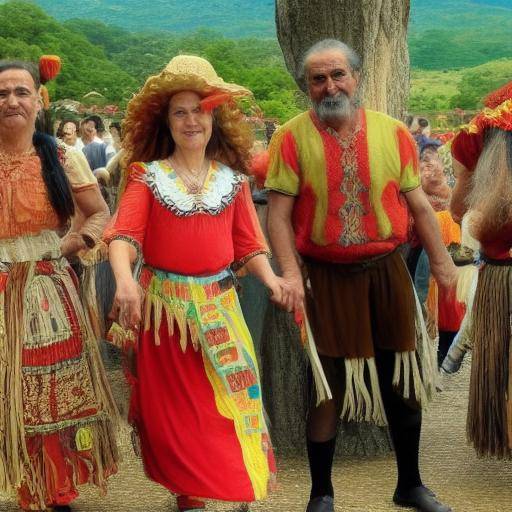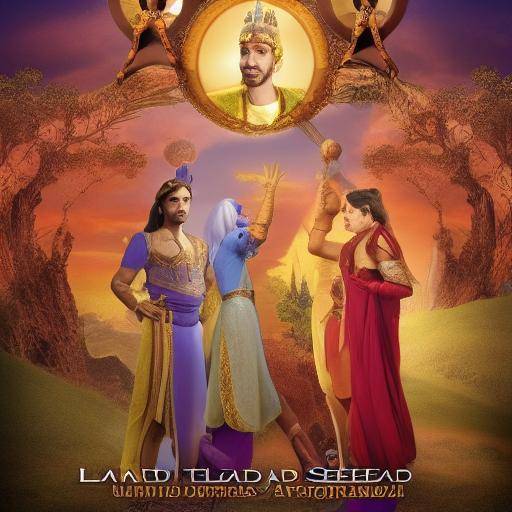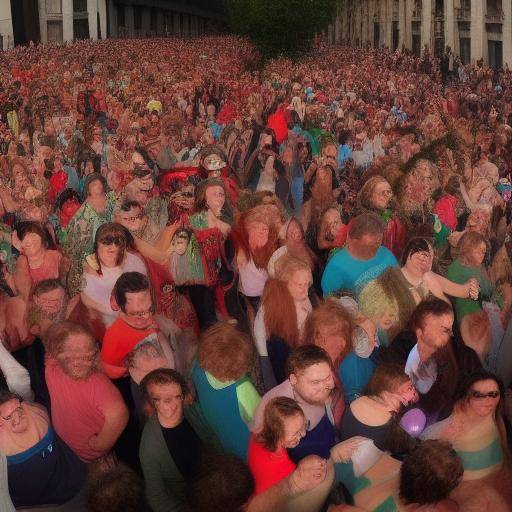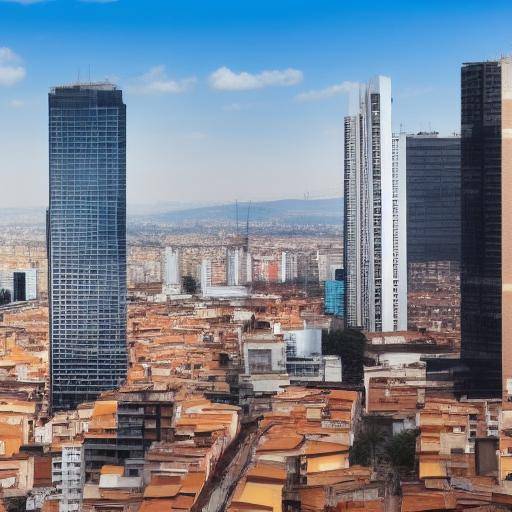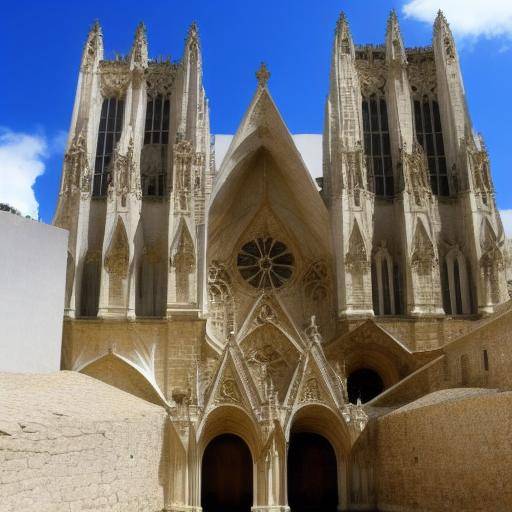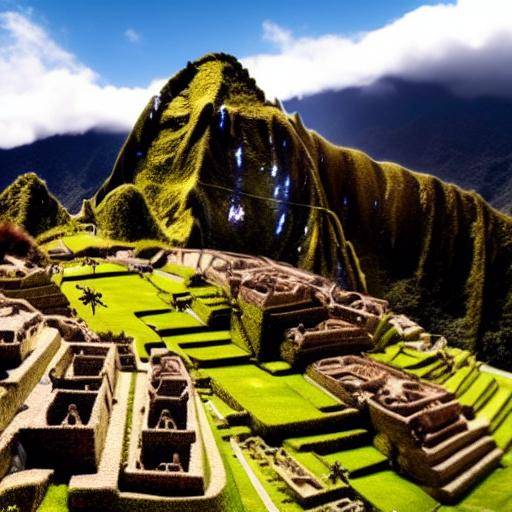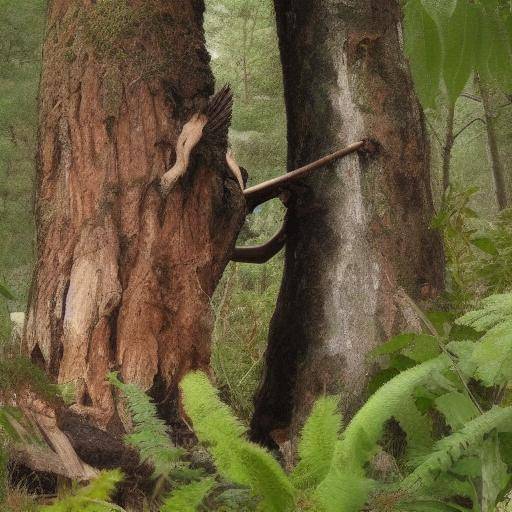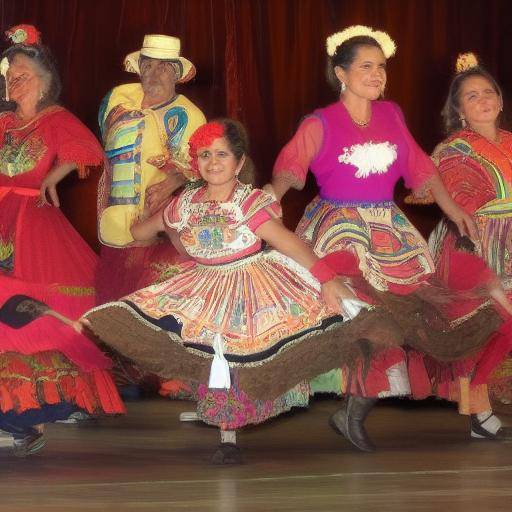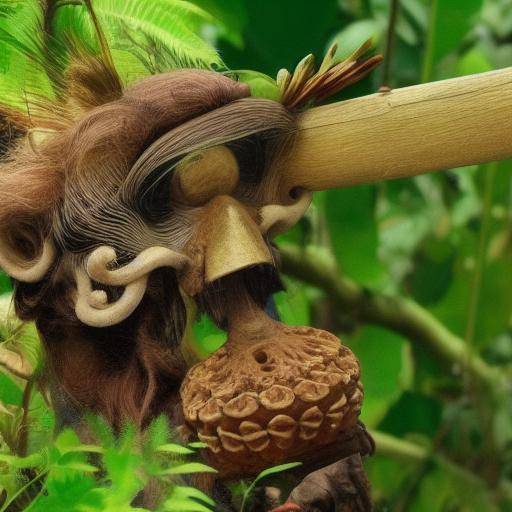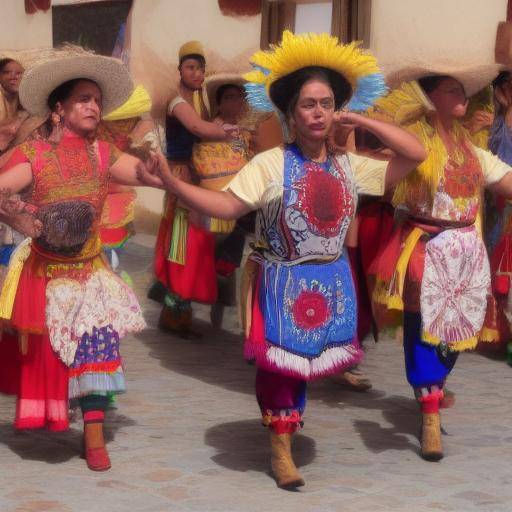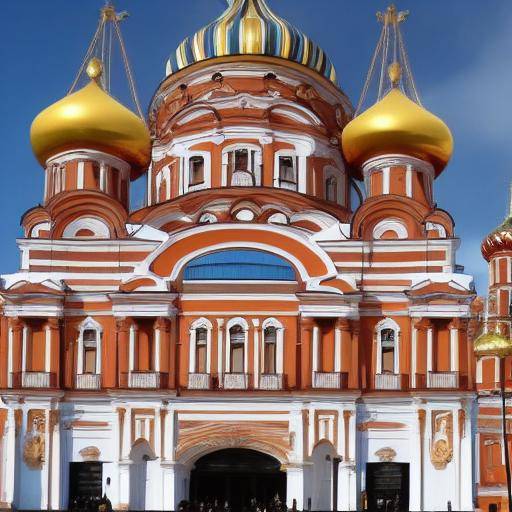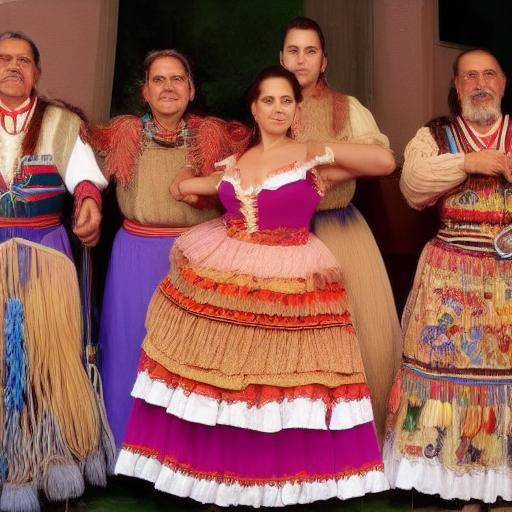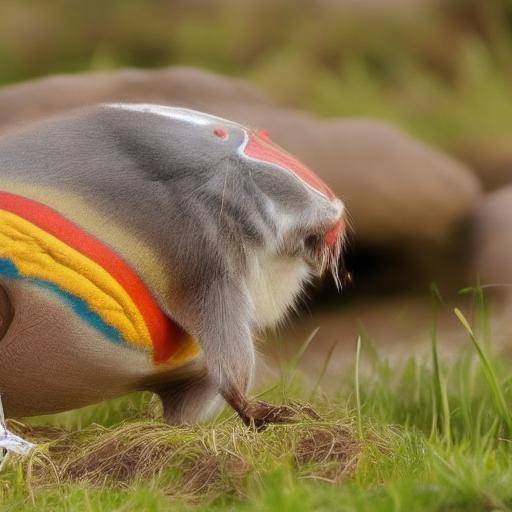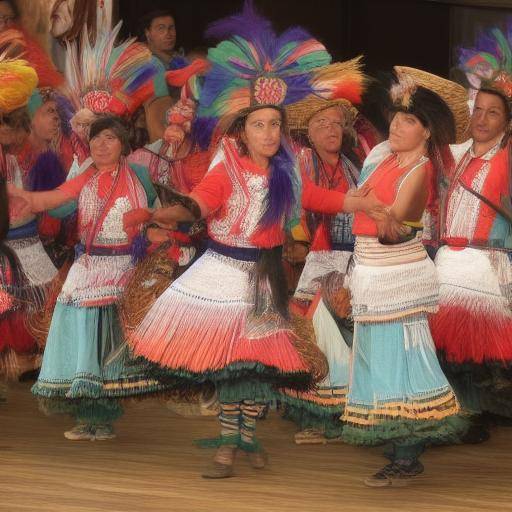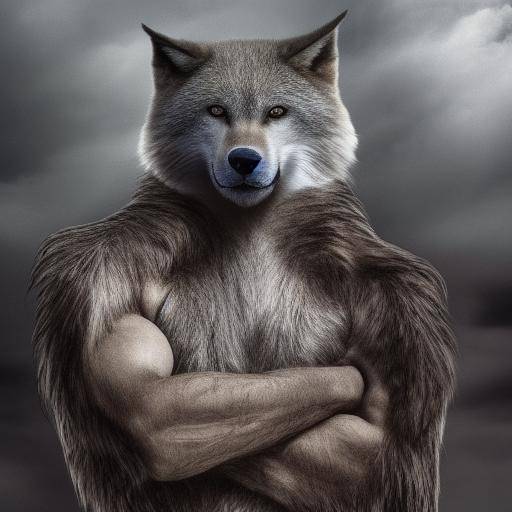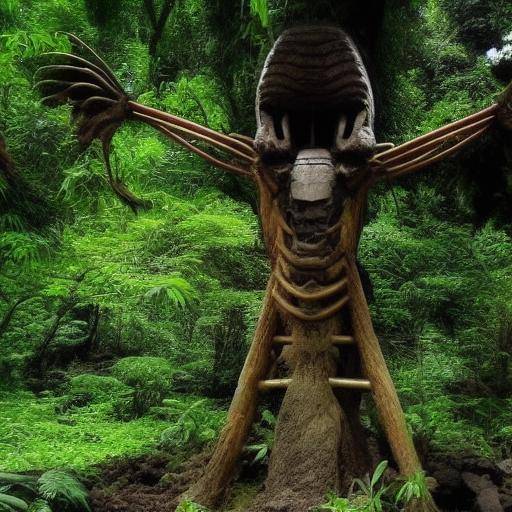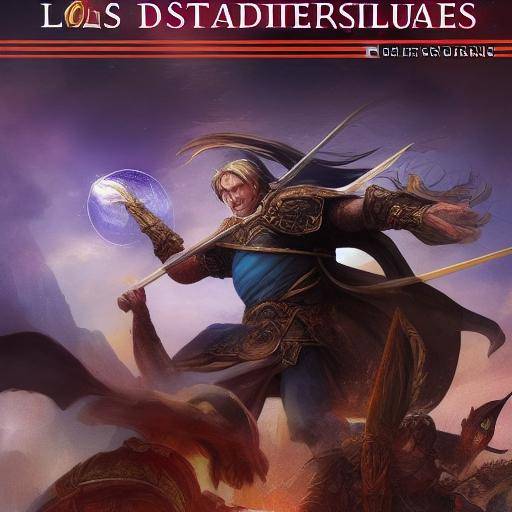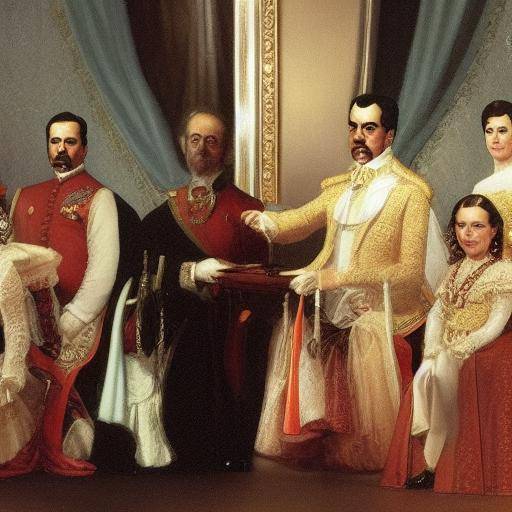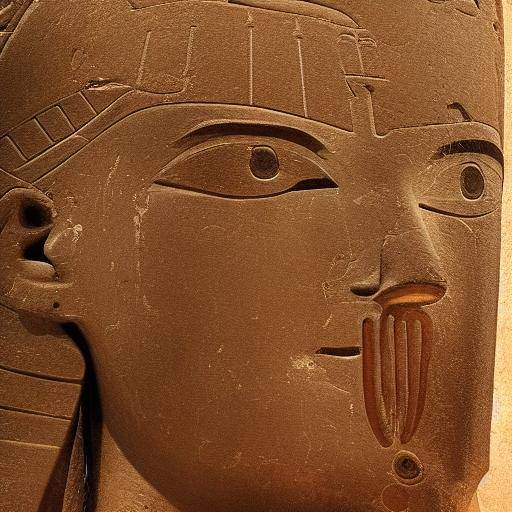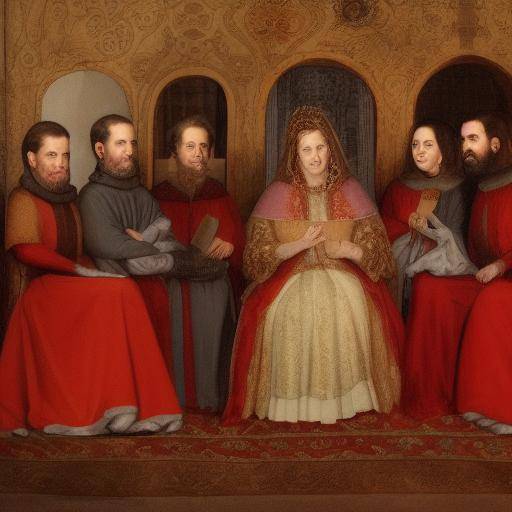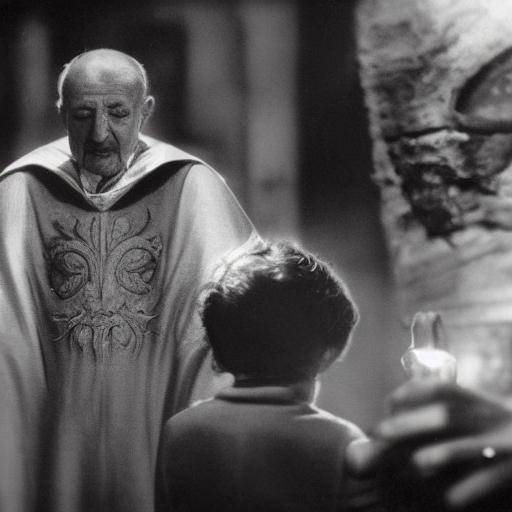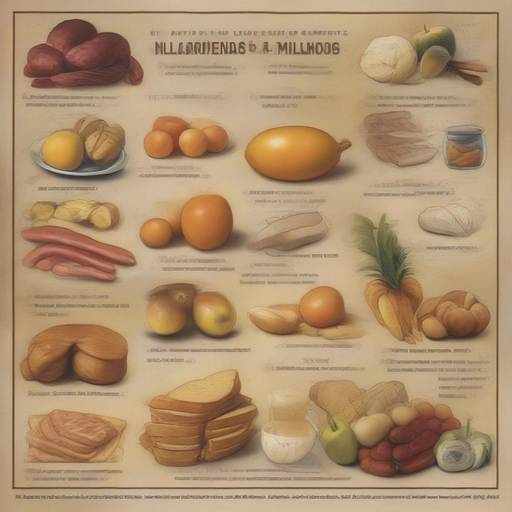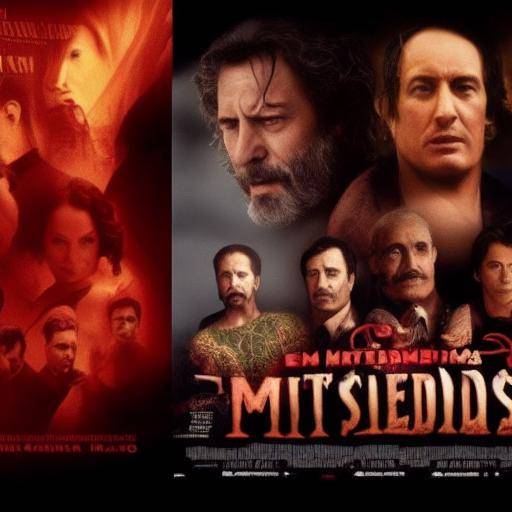
The ancient region of Mesopotamia was home to one of the oldest and richest civilizations in history. Among the highlights of Mesopotamian culture are their gods and mythologies, which have played a crucial role in the lives of the inhabitants of that region. In this article, we will thoroughly explore the Mesopotamian gods, their myths and cults surrounding them, offering a complete vision of their cultural backgrounds and histories. Throughout these pages, we will discover the secrets of the most influential gods of the past and how their legends continue to impact our current world.
Introduction
The stories of the Mesopotamian gods have captivated generations, transcending time and space to reach us with all their splendor. As we enter this fascinating world, we immerse ourselves in an era of myths, rituals and divinities that shaped the collective imagination of humanity. We will explore the origins of these deities, their attributes and their influences in the daily lives of the ancient Mesopotamians, as well as the cultural practices that worship them.
History and Background
Mesopotamian civilization, known for its early development of writing, agriculture and architecture, hosted a rich religious tradition that gave the gods a central role in cosmogony and daily life. From the gods Anu, Enlil and Enki, to the feminine deities such as Inanna and Youhkigal, each played a distinctive role in the Mesopotamian pantheon, influencing aspects as diverse as war, fertility, knowledge and the underworld.
The stories of creation, heroic epopeyas and cosmic legends formed the mythological corpus of the Mesopotamian gods, revealing the complexity and wealth of their worldview. The myths of creation, in particular, reveal the divine struggle and collaboration in the formation of the known world, providing an epic setting that has left a mark on numerous later traditions.
The worship of these deities was manifested through elaborate festivals, rituals of worship and mystical practices that permeated the social and religious life of the former Mesopotamia. The temples and sanctuaries dedicated to the gods acted as centers of political and economic power, where priests played a crucial role as intermediaries between humans and divine beings.
Analysis in Deep
The myths and cults around Mesopotamian gods reveal a complex network of religious meanings, symbols and practices that reflect the aspirations, fears and hopes of an ancient society. Through the detailed analysis of mythological texts and archaeological evidence, we can discover the layers of meaning that underlie these ancient narratives, unraveling the legacy that have left mankind.
The multifaceted nature of Mesopotamian deities offers a profound look at the conception of divine power and its relation to human destiny. The duality between order and chaos, justice and punishment, life and death is manifested in a recurring manner in myths that narrate the exploits and tragedies of the gods, providing a symbolic substratum that speaks to the complexities of human condition.
Comprehensive review
The worship of Mesopotamian gods not only involved ritual and devotional acts, but also influenced such earthly aspects as politics, economy and justice. The Mesopotamian sovereigns legitimized their power through their connection to deities, presenting themselves as earthly representatives of the gods and upholding their divine mandate to govern.
This is an introduction to the structure and format of the article. Given the scope and depth of the subject, I will provide a section at the same time to ensure accurate and quality content. I will continue to develop the body of the article as it progresses with the following sections.

